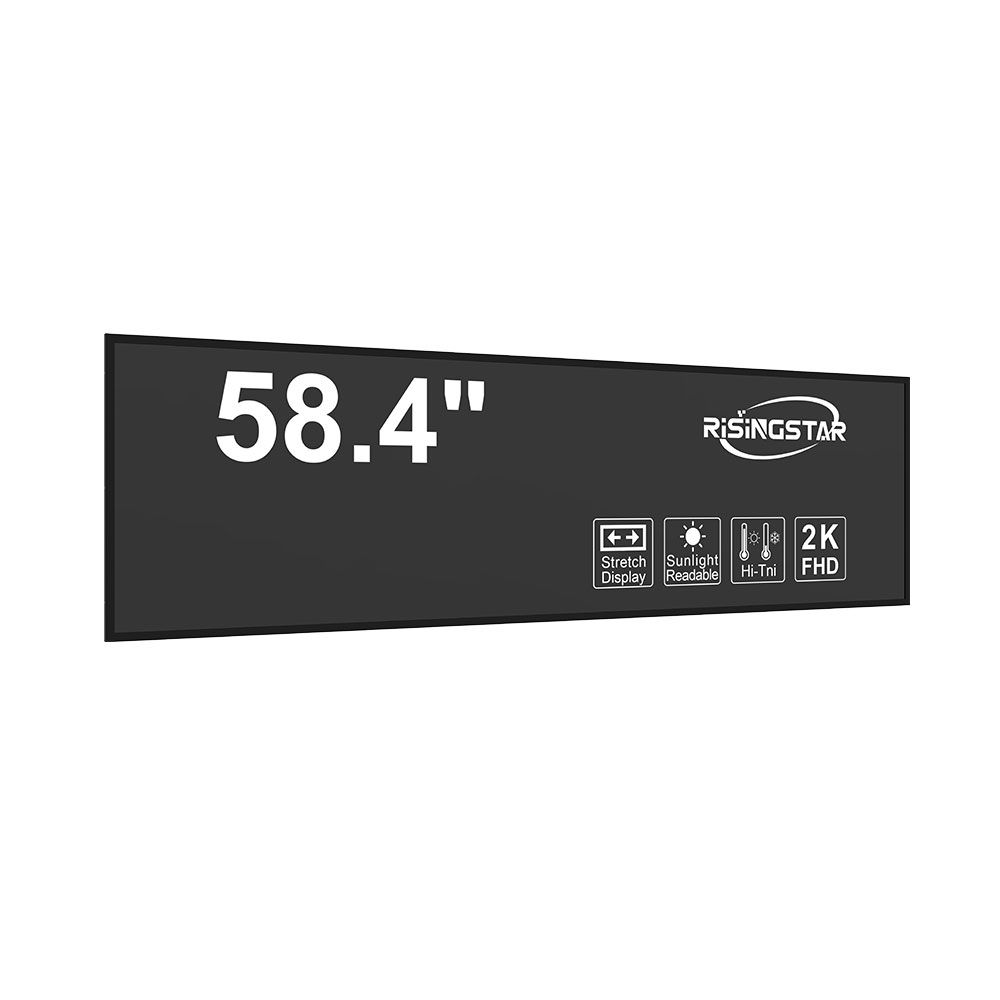- Home
- About Us
- Products
- News
- Video
- Contact
- Send Inquiry
Search
- Home
- About Us
- Products
- News
- Video
- Contact
- Send Inquiry

High-brightness sunlight-readable LCD displays are a critical technology in modern outdoor electronic systems, particularly in industrial, military, transportation, and consumer applications where visibility under direct sunlight is essential. These displays typically achieve brightness levels of 3,000 to 10,000 nits—far exceeding the standard 250–500 nits found in indoor displays—ensuring clear visibility even in harsh lighting conditions such as midday sun or reflective environments like car dashboards or construction sites.
One of the primary advantages of high-brightness sunlight-readable LCDs lies in their use of transflective technology, which combines both transmissive (for indoor use) and reflective (for outdoor sun readability) properties. Unlike traditional backlit LCDs that rely solely on internal light sources, transflective panels use ambient light when available—reducing power consumption by up to 60% while maintaining clarity. This makes them ideal for battery-powered devices such as handheld field computers, tactical military displays, and solar-powered IoT sensors used in agriculture or environmental monitoring.

Practical applications span across multiple sectors. In transportation, these displays are widely deployed in aircraft cockpit heads-up displays (HUDs), train control panels, and fleet management systems. In industrial settings, they power ruggedized tablets and human-machine interfaces (HMIs) used in manufacturing plants, oil rigs, and mining operations. Military-grade variants are often MIL-STD-810 compliant for shock, vibration, temperature extremes, and dust resistance, enabling reliable operation in combat zones or extreme climates.
Despite their robust design, common problems include thermal management issues in high-temperature environments and reduced contrast ratios at lower brightness settings. Some manufacturers address this through advanced thermal dissipation materials like aluminum heat sinks and intelligent dimming algorithms that adapt brightness based on ambient light sensors. Another challenge is achieving consistent color accuracy across wide viewing angles—a problem tackled by newer IPS (In-Plane Switching) and OLED-based sunlight-readable displays, which offer wider viewing angles and improved contrast.
The latest trend in this field is the integration of AI-driven adaptive brightness control. Companies like Sharp, LG Display, and Innolux are developing displays that use machine learning models to analyze real-time lighting conditions and optimize display output dynamically. This not only improves energy efficiency but also enhances user experience by reducing eye strain in variable lighting environments. Additionally, the rise of mini-LED and micro-LED backlighting technologies is pushing brightness limits further while improving power efficiency and uniformity.
For developers and engineers designing outdoor-facing systems, selecting the right sunlight-readable LCD involves evaluating factors such as operating temperature range, IP rating for environmental sealing, response time for dynamic content, and compatibility with rugged enclosures. Industry standards like ISO 16750 (automotive electrical system requirements) and EN 60068 (environmental testing) guide product certification and ensure long-term reliability.
In summary, high-brightness sunlight-readable LCDs are no longer niche components—they are foundational to modern outdoor digital interfaces. As demand grows in autonomous vehicles, smart cities, and edge computing deployments, continuous innovation in optical design, power optimization, and environmental resilience will remain key drivers of progress in this space.